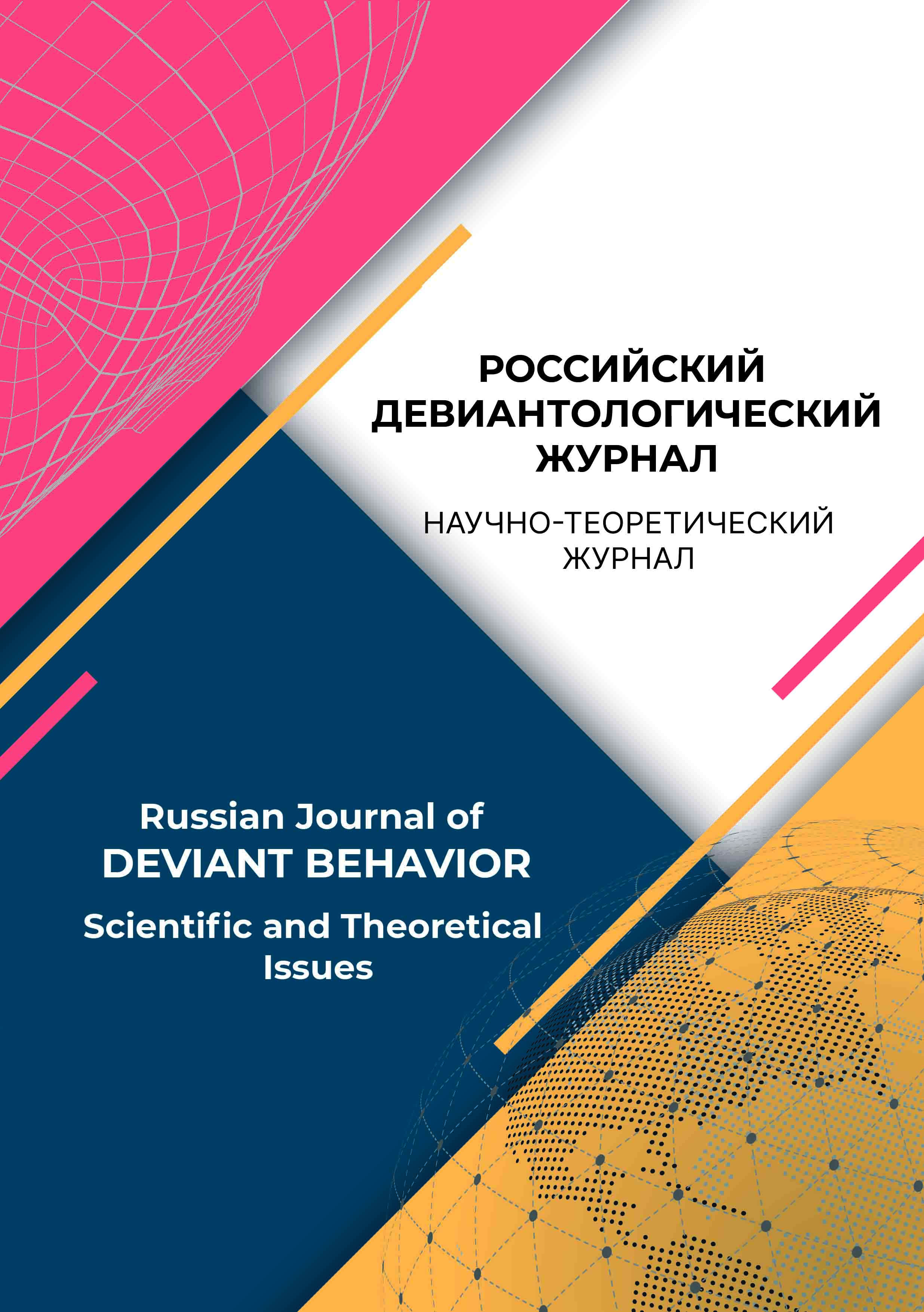Russian Federation
In modern Russia, the problem of the balance between the implementation of law enforcement activities (firstly, police ones) and ensuring the rights and freedoms of man and citizen is becoming increasingly relevant. Special significance is attached to the legal regulation of the activities of the police and representatives of other law enforcement agencies so that they have clear and understandable legal mechanisms for restricting civil rights at their disposal. However, the desire to provide a legal basis for policing, in our opinion, has led to excessive regulation of the possible and proper behavior of the police officers. Moreover, the regulatory legislation of various «law enforcement» agencies differs significantly in terms of the use of physical force, special means and firearms, in other words, means of restricting rights and freedoms. That seems reasonable, since each department solves its own tasks, but in the same situations, representatives of, for example, the FSB of Russia (the Federal Security Service of the Russian Federation), the police and the National Guard of Russia have different grounds for using weapons. The legislators’ efforts to regulate this area as much as possible have led to contradictions between various regulatory legal acts, especially in criminal legislation. This circumstance generates various forms of deviant behavior of police officers when they face with stressful situations in their law enforcing. In our opinion, the current norms (particularly of Chapter 8) of the Criminal Code of the Russian Federation are clearly insufficient. In addition, their statutory wording is not perfect. They make it possible to shift the blame for causing harm on persons who cause this harm under circumstances without criminality of the act.
police deviance, criminal legislation, preventive measures, lawful harming, victimization of police officers
1. Bauman, Z. (1996). Myslit’ sociologicheski. Moskow: Aspekt Press.
2. Boronoev, A. O. (red.) (1994). Interv’yu s professorom N. Lumanom. V Problemy teoreticheskoĭ sociologii. Saint Petersburg: Petropolis.
3. Burd’e, P. (1996). Za racionalisticheskiĭ istorizm. Moskow: Institut eksperimental’noĭ sociologii.
4. Gilinskiĭ, Ya. I. (2017). Deviantnost’ v obshchestve postmoderna. Saint Petersburg: Aleteĭya.
5. Gilinskij, Ya. I. (2021). Deviantologiya: sociologiya prestupnosti, narkotizma, prostitucii, samoubijstv i drugih «otklonenij»: monografiya. Saint Petersburg: Aletejya.
6. Gurinskaya, A. L. (2020). Bezopasnost’ studentov na universitetskom kampuse: ugrozy i mery protivodeĭstviya. V S. U. Di¬kaev (red.), Prestupnost’ nesovershennoletnih i eë profilaktika: materialy Mezhvuzovskoĭ nauchno-prakticheskoĭ konferencii, posvyashchennoĭ pamyati professora A. V. Komarnickogo (Sankt-Peterburg, 27 dekabrya 2019 goda, str. 16-19). Saint Petersburg: Pechatnyĭ Cekh.
7. Zimin, V. P. (1992). Pravomernoe ispolnenie prikaza: doktrina «umnyh shtykov». Izvestiya vysshih uchebnyh zavedenij. Pravovedenie, 2, 35-45.
8. Milyukov, S. F., Nikulenko, A. V. (2020a). Prichinenie vreda pri zaderzhanii lica, sovershivshego obshchestvenno opasnoe deyanie: monografiya, 2-e izd., pererab. i dop. Saint Petersburg: Yuridicheskij centr.
9. Milyukov, S. F., Nikulenko, A. V. (2020b). Modernizaciya federal’nogo zakona «O policii» v sfere dejstviya norm ob ob¬stoyatel’stvah, isklyuchayushchih prestupnost’ deyaniya. Vestnik Kaliningradskogo filiala Sankt-Peterburgskogo universiteta MVD Rossii, 3 (61), 9-13.
10. Monson, P. (1995). Lodka na alleyah parka. Vvedenie v sociologiyu: per. so shved. Moskow: Ves’ mir.
11. Chernikov, V. V. (2019). Riski policejskogo zakonodatel’stva. Yuridicheskaya tekhnika, 13, 41-46.
12. Sumner, C. (1994). The Sociology of Deviance. An Obituary. Buckingham: Open University Press.
13. Higgins, P. C., & Butler, R. R. (1982). Understanding Deviance. New York: McGraw-Hill Book Company.
14. Humphrey, J. A. (2006). Cyberdeviance. In Deviant Behavior (Ch. 13, pp. 272-295). New York: Prentice Hall.
15. Luhmann, N. (1992). Beobachtungen der Moderne. Opladen: Westdeutscher Verlag.
16. Finn, J. (2004). A survey of online harassment at a university campus. Journal of Interpersonal violence, 19(4), 468-483. https://doi.org/10.1177/0886260503262083
17. Watts, L. K., Wagner, J., Velasquez, B. J., & Behrens, Ph. I. (2017). Cyberbullying in higher education: A literature review. Computers in Human Behavior, 69, 268-274. https://doi.org/10.1016/j.chb.2016.12.038














